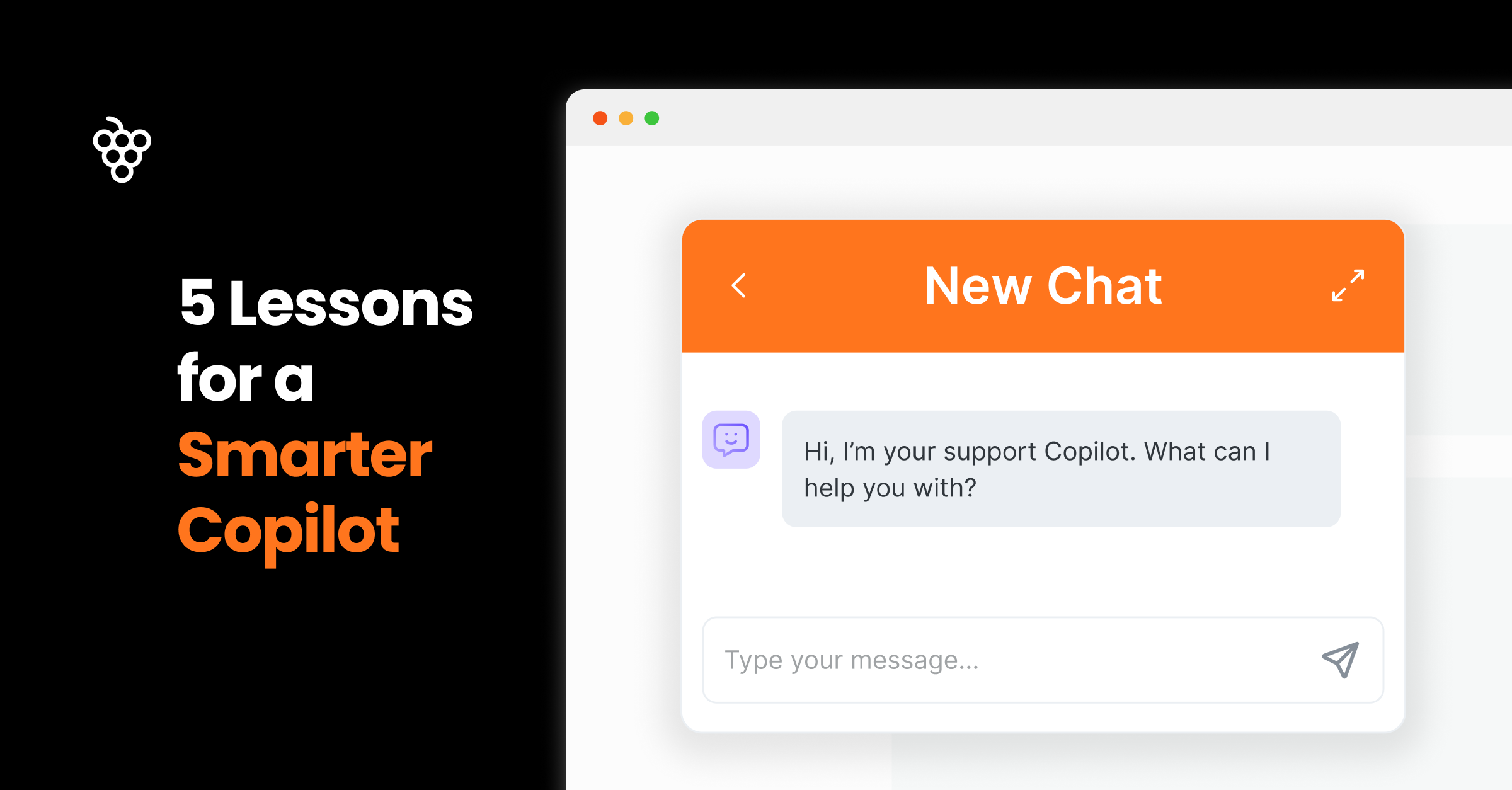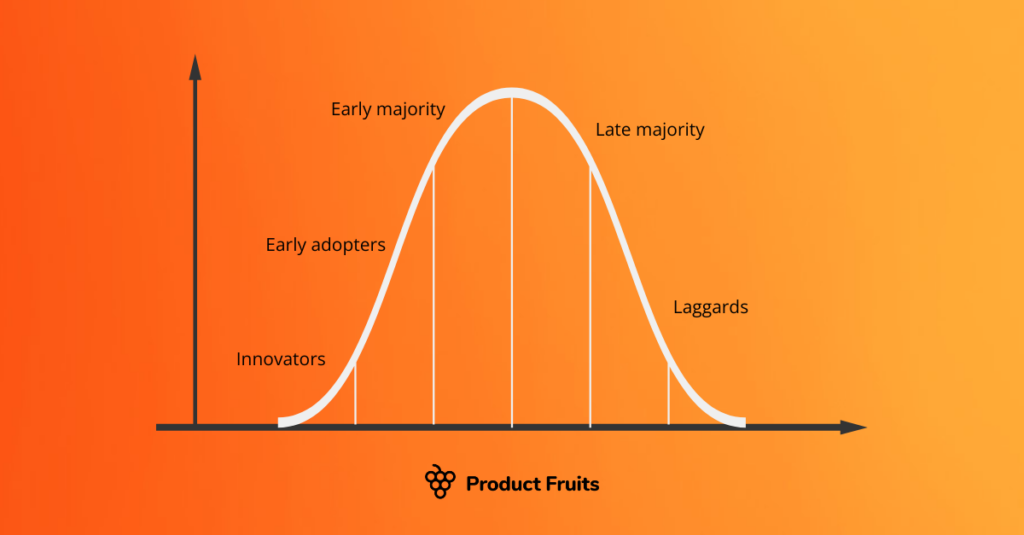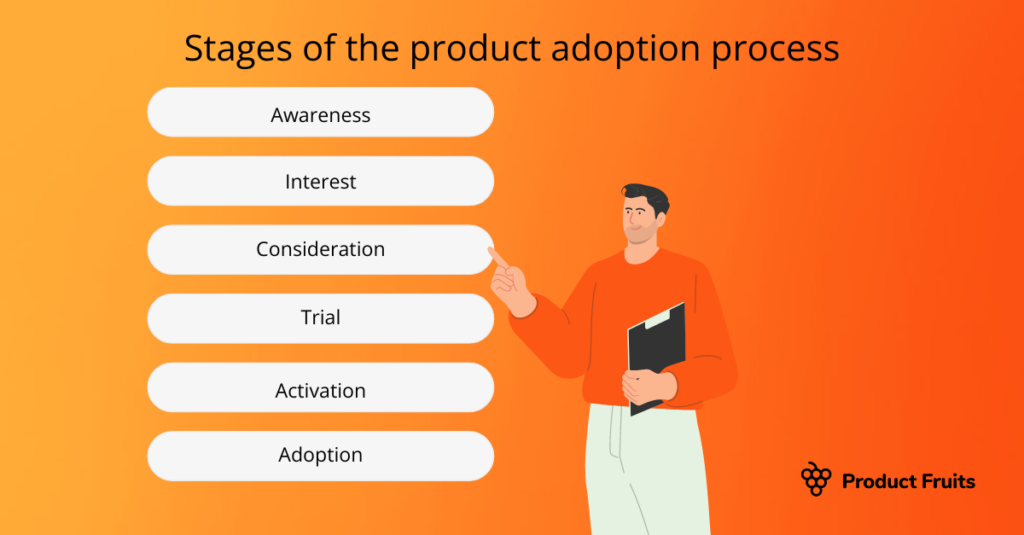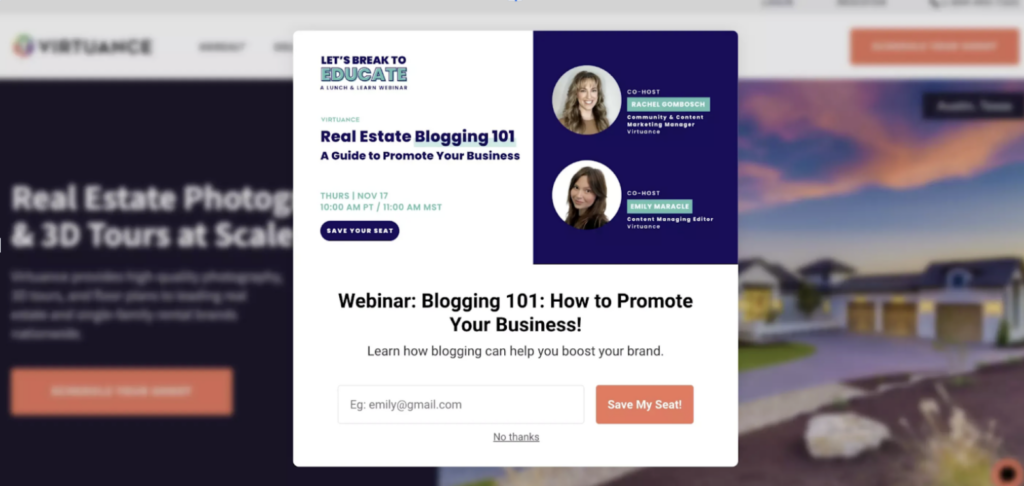
I felt thrilled when I invested in a fancy social media management tool for my business.
Finally, I could save time and streamline my LinkedIn posts, schedule content in advance, and analyze performance metrics. I diligently queued up posts for those first few weeks, played around with all the features, and felt like a social media pro.
And then …
As days turned into weeks, I gradually drifted away from the tool. My calendar got packed with meetings, priorities shifted, and before I knew it, it was buried under a pile of bookmarks, barely given a second thought.
So, what went wrong?
The app was great, but it hasn’t become a regular part of my routine.
This is the core issue of poor product adoption. Companies invest heavily in building products but struggle to ensure users fully integrate them into their long-term daily routines.
In this article, we’ll dive into:
Ready to supercharge your product adoption? Start your free 14-day trial with Product Fruits today! Discover innovative tools and expert tips to transform your user engagement and drive lasting product success.
Product adoption refers to the process whereby users engage and rely on a new product for their routine tasks.
Successful adoption requires product value, awareness, interest, sparking desire, and ultimately, the acceptance and integration of the product into people’s lives or businesses.
Users need to understand a product’s value, often called the ‘aha moment,’ which leads to continued usage and loyalty.
Product adoption is a crucial step in the product life cycle, determining a product’s market success or failure.
Product adoption can easily become blurry with other product marketing or development aspects. We’ve created a table to help you understand the difference:
| Product Adoption | What product adoption is not |
| Integration of the new product or technology into routines or operations. | Merely the purchase of a product |
| Includes the progress through stages of awareness, interest, evaluation, trial, adoption, retention, and advocacy. | Limited to a one-time decision |
| Requires active engagement, assessment of value, and conscious decision-making by users. | Passive or automatic, users do not simply receive the product without evaluation. |
| Leads to increased usage, satisfaction, and often advocacy and recommendations. | Solely about acquiring new customers |
| Crucial for businesses to understand and facilitate market success and growth. | Ignored or overlooked by companies |
The product adoption curve, also known as the diffusion of innovation curve, is a model that represents the rate at which consumers adopt a new product or feature into their routine tasks over time.
The curve is divided into five main segments. Each represents a distinct group of consumers based on their willingness to adopt the new product or technology.
Each curve segment represents different challenges and goals, which will require nuanced approaches in onboarding and feature engagement strategies.

These risk-takers and technology enthusiasts adopt a new product before it is fully proven or readily available.
They are willing to take risks and strive for a high reward. They are attracted to new product innovation and novelty, its potential benefits, and the vanguard characteristics it complements.
This segment comprises opinion leaders and trendsetters. This group is open to trying new products and technologies but requires more information than innovators. They want to ensure they invest their time and money in something worthwhile.
You’ll often find them chatting with friends and reading up on reviews before deciding. And when they decide to try something, they’re not shy about sharing their thoughts with others. Their opinions hold weight among their peers, making them pretty influential when deciding what’s hot and what’s not.
These are the pragmatists who adopt a new product or technology after seeing successful adoption by the innovators and early adopters.
They see the proven benefits and reliability before committing.
This group is skeptical of change and adopts a new product or technology only after it has become widely accepted and mainstream. They are often motivated by peer pressure or a fear of being left behind.
These traditionalists resist change and are the last to adopt a new product or technology. Their traditional values, lack of resources, or perceived lack of need for innovation may bind them to their existing ways of doing things.
Like the customer journey, the product adoption process follows a series of stages the user must go through. Your user onboarding process must guide users through all product adoption stages. This process has five stages:

Now, let’s see how these examples fit into different stages of product adoption.
Product adoption stage: Interest stage
At the interest stage, when a potential customer is just starting to explore your offers, a friendly chatbot can provide helpful information and guide them through the early stages of the buying process.
This is what ActiveCampaign did. They installed a chatbot that acts as the first line of communication with interested leads.
From there, the chatbot asks questions to understand the lead’s needs, challenges, and goals. This information can provide relevant details about ActiveCampaign’s features, pricing, and success stories that directly relate to the lead’s situation.
For users, having a chatbot respond immediately when they land on your website lets them get their initial questions answered immediately. The chatbot can even schedule a meeting with a sales rep if they are ready to take the next step. This on-demand assistance makes for a smooth introduction.
Image source: Activecampaign
Product adoption stage: Consideration stage
During the consideration stage of increasing product adoption, especially for the late majority and laggards, one key task is to continue educating potential leads with content highlighting your SaaS product’s value and benefits. This helps address concerns, overcome skepticism, and demonstrate the advantages over existing solutions or traditional methods.
Educational webinars are an effective way to achieve confident users. Virtuance, a real estate photography provider, offers educational webinars to help businesses with their challenges while highlighting their product’s features, use cases, and success stories.
👀 Take a peek at the role of webinars in improving user onboarding for B2B SaaS

Image source: Virtuance
Product adoption stage: Trial Stage
Trial periods allow users to play around with your features and imagine how your product can solve their problems. As a result, trials are key conversion points for users to integrate products into their daily lives.
Trials let users experience the product’s full capabilities and value firsthand and address any concerns or objections before committing to a purchase.
In addition to onboarding and conversion, the trials encourage users to upgrade to a paid plan after the trial period concludes.
Linktree, a popular bio-link service, understands the importance of this strategy for the trial stage. To entice users to consider their product, Linktree offers access to its premium plan for a whole month.
This extended trial period allows potential customers to explore advanced features, such as customization options, analytics, and integrations, without an immediate financial commitment.
Image source: Linktree
Product adoption stage: Activation stage
Evernote guides users toward the activation point using checklists. Upon signing up, users see an onboarding checklist featuring a progress bar and pre-checked tasks.
This tactic capitalizes on the Zeigarnik effect, where our brains tend to remember unfinished tasks, fueling our motivation to complete them.
By presenting users with a clear roadmap (think: checklists) through the onboarding process, Evernote ensures they understand how to use the platform. It makes individuals feel a sense of accomplishment and progress as they engage with the platform.
Fruity Tip: Link your checklist to your knowledge base and help center. That way, users can quickly access all the tutorials and resources they need to navigate the platform confidently.
Image Source: Evernote
Product Adoption Stage: Adoption stage
A frictionless signup experience can impact a user’s decision to try out a product and ultimately become an active user.
To achieve this, Sendinblue has implemented a signup process that minimizes the number of steps and requires upfront information. Instead of presenting users with a lengthy form requesting various details, Sendinblue allows users to sign up with just an email address.
By removing unnecessary friction during the initial signup stage, Sendinblue increases the likelihood of users progressing to the next step of product adoption: activation. Once users have signed up, Sendinblue can gradually introduce them to additional features and functionalities and guide them towards realizing the full value of the platform.
Image source: Divbyzero
Product adoption stage: Adoption stage
Users often become distracted by their daily tasks and overlook the latest features as they’re rolled out.
To counteract this, Visme has used modal to announce the arrival of fresh tools and functions.
If users aren’t aware that a helpful new feature exists, they can’t take advantage of it. But if you make a point to remind them about cool new capabilities, there’s a much higher chance they’ll check it out and start using it. The goal is to get users to use and adopt new features.
The more useful features they adopt, the stickier the product becomes for them.
Like the screenshot below, a subtle tooltip or modal can announce small changes or a big launch.
Image source: Visme
Driving product adoption can be challenging, but the right tools can make a big difference. You need a smart tool to communicate updates, help users navigate your platform, and highlight valuable features.
For more insights on the best product adoption tools, explore this article: 12 Best Product Adoption Software Tools for SaaS
That’s where Product Fruits comes in. It’s an all-in-one digital adoption platform that easily onboard users with customizable product tours, walkthroughs, in-app announcements, and onboarding checklists. Once users are onboarded, you can use analytics and user segments to track product adoption metrics and create personalized flows to re-engage less active users.
The best part? Product Fruits works as an invisible layer on top of your existing platform, so you don’t need any coding to get started.
Ready to supercharge your product adoption? Start your free 14-day trial with Product Fruits today! Discover innovative tools and expert tips to transform your user engagement and drive lasting product success.